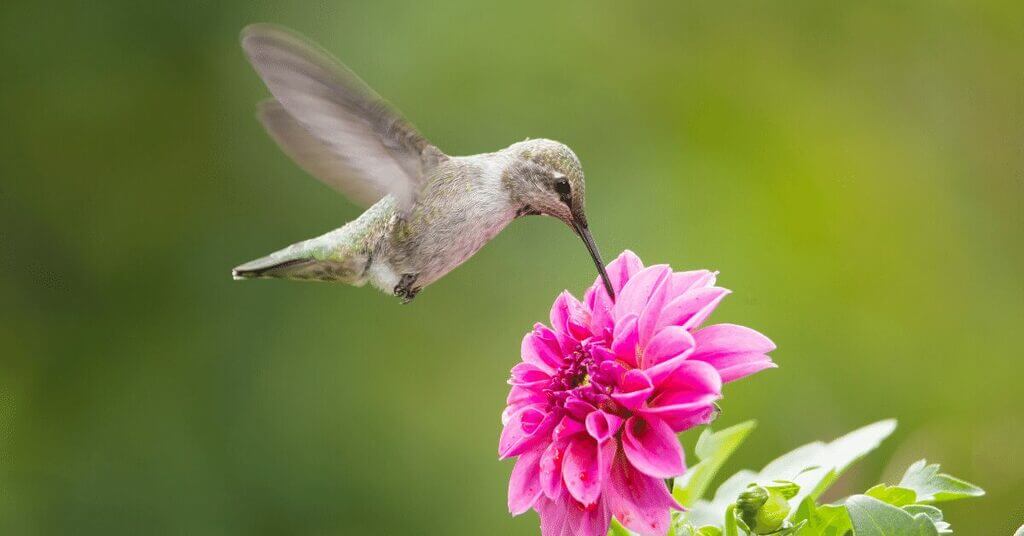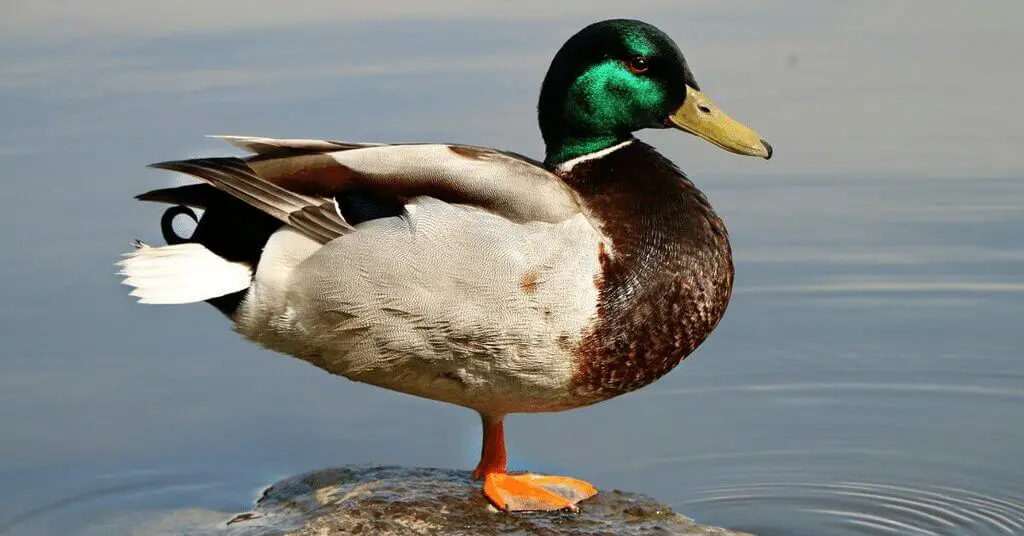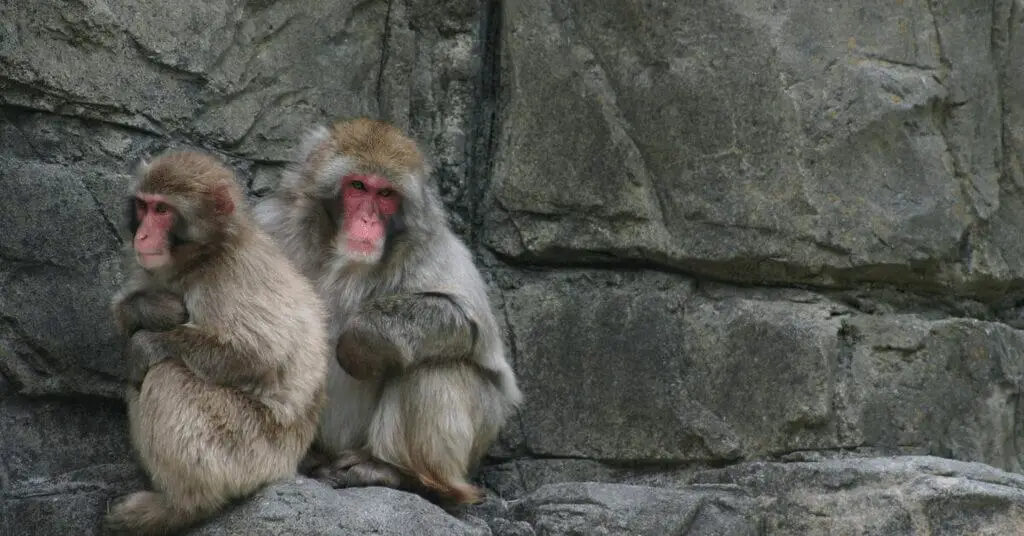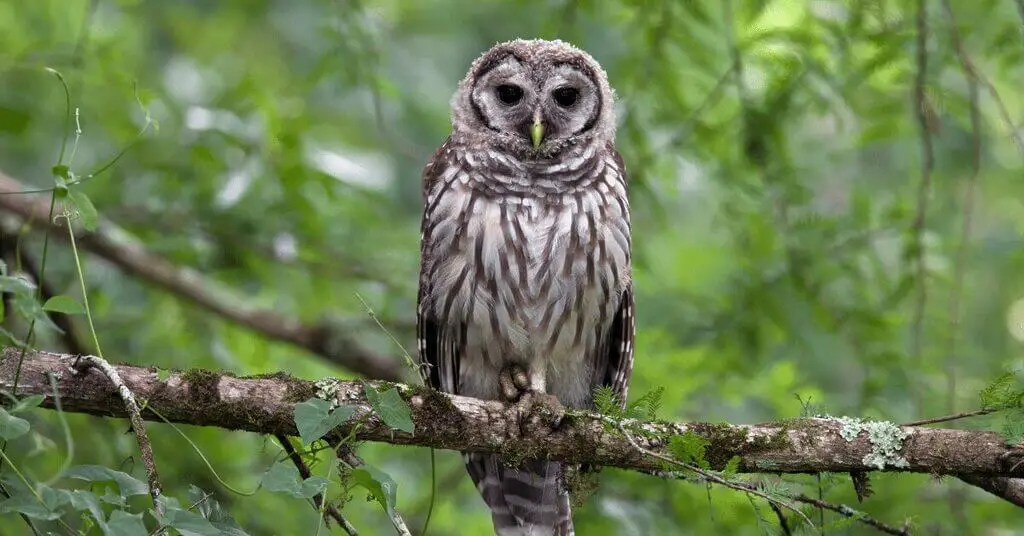Nature never fails to amaze us with its incredible diversity and the unique adaptations that animals have developed to survive in their environments. From the stunning wings of birds to the intricate patterns of zebra stripes, each feature serves a purpose in helping these creatures thrive.
But have you ever wondered how these unique characteristics actually contribute to an animal’s survival? How do webbed feet help aquatic animals swim more efficiently? What role do opposable thumbs play in primates’ ability to use tools? And why do some animals have such big eyes or noses?
As we explore nature’s marvels, we’ll look into the world of animal adaptations and uncover the secrets behind these unique features.
Animals with Wings

The evolution of wings has enabled countless species to take to the skies, opening up new possibilities for survival and exploration.
Wings have evolved independently in several animal groups, including birds, bats, and insects. In birds, wings are formed by modified forelimbs covered in feathers, while bats have elongated fingers connected by a thin membrane of skin. Insects, on the other hand, have two pairs of wings made of a light, flexible material called chitin.
The primary function of wings is to enable them to fly, which provides animals with numerous advantages. Flying allows animals to escape predators quickly, as they can take to the air and soar away from danger.
Wings also help animals find food more efficiently, as they can cover vast distances in search of prey or nectar-rich flowers.
Additionally, many winged animals, such as migratory birds, use their ability to fly to travel long distances between breeding and wintering grounds, taking advantage of seasonal resources and avoiding harsh weather conditions.
Some remarkable examples of animals with wings include the peregrine falcon, known for its incredible speed during high-altitude dives, and the hummingbird, whose rapidly beating wings allow it to hover in mid-air while sipping nectar from flowers.
In the insect world, the monarch butterfly is famous for its epic migrations, while the dragonfly’s agile flying skills make it a formidable predator of other flying insects.
Animals with Webbed Feet

Webbed feet serve several purposes for these animals. The primary function is to enable efficient swimming and diving by increasing the surface area of the foot, which allows the animal to push against the water more effectively.
This is similar to how swim fins work for humans. Additionally, webbed feet help distribute the animal’s weight more evenly, making it easier for them to walk on muddy or slippery surfaces without sinking.
Ducks and other waterfowl are well-known examples of animals with webbed feet. Their feet are adapted for both swimming and walking on land, with the webbing between their toes helping them paddle through the water and the claws at the end of each toe providing traction on land.
Frogs and other amphibians also have webbed feet, which are essential for their aquatic lifestyle. The webbing helps them swim efficiently and also enables them to leap powerfully out of the water to catch prey or escape predators.
Otters, another example of an animal with webbed feet, are known for their agility both in and out of the water. Their webbed feet, combined with their streamlined body shape and powerful tail, allow them to swim quickly and gracefully, making them excellent hunters of fish and other aquatic prey.
Animals with Trunks
Trunks are multi-functional tools that serve various purposes for the animals that possess them. One of the primary functions of a trunk is to assist in feeding and drinking.
Elephants, for example, use their trunks to grasp and move food, bringing it to their mouths. They can also use their trunks to suck up water and spray it into their mouths, making it easier to drink large quantities of water quickly.
In addition to feeding and drinking, trunks also play a vital role in smelling. Elephants have an incredibly keen sense of smell, which they use to locate food, identify potential mates, and detect predators. Their trunks contain millions of olfactory receptors, allowing them to pick up scents from great distances.
Trunks also serve as a versatile handling tool, enabling animals to grasp and move objects with precision. Elephants, for instance, can use their trunks to pick up small items, such as a single blade of grass, or to move large objects, like tree branches, out of their way.
While elephants are the most well-known animals with trunks, they are not the only ones. Tapirs, a group of herbivorous mammals found in South America and Southeast Asia, also have short, flexible trunks. Although not as long or dexterous as an elephant’s trunk, a tapir’s trunk still plays a crucial role in grasping food and bringing it to its mouth.
Animals with Stripes

Stripes serve multiple purposes, including camouflage and communication, which help these animals survive in their environments.
One of the primary functions of stripes is camouflage. By breaking up an animal’s outline and blending in with its surroundings, stripes can make it more difficult for predators to spot their prey.
Zebras, for example, have bold black and white stripes that create a dizzying pattern when they move in a herd, making it harder for predators like lions to single out an individual animal. Similarly, tigers’ vertical stripes help them blend in with the shadows and tall grasses of their habitat, allowing them to stalk their prey more effectively.
In addition to camouflage, stripes can also serve as a form of communication. Skunks, for instance, have distinctive black and white stripes that act as a warning signal to potential predators.
The bold pattern is a clear indication of the skunk’s ability to spray a foul-smelling liquid when threatened, deterring predators from attacking.
Other examples of animals with stripes include okapis, which have zebra-like stripes on their legs that help them blend in with the dappled light of their forest habitat, and bongos, a type of antelope with thin white stripes that help them remain hidden in dense vegetation.
Animals with Spikes
Spikes, also known as quills or spines, are a powerful defense against predators and help animals establish dominance within their own species.
The primary function of spikes is defense. When threatened, animals with spikes can extend their quills, making themselves appear larger and more intimidating to potential predators.
If a predator does attempt to attack, the sharp spikes can cause painful injuries, discouraging further pursuit. Porcupines, for example, have long, sharp quills that can detach easily when touched, lodging themselves in the skin of an attacker.
The barbs on the end of each quill make them difficult to remove, causing further pain and injury to the predator. In addition to defense against predators, spikes can also help animals establish dominance within their own species.
Male hedgehogs, for instance, use their spines to compete for mates, engaging in a behavior called “spiky sparring.” During these contests, males will ram into each other with their spikes, attempting to flip their opponent onto its back. The winner of these spiky battles gains access to females and the opportunity to mate.
Other examples of animals with spikes include echidnas, a type of spiny anteater native to Australia and New Guinea, and the African crested porcupine, which has quills that can grow up to 13 inches long.
Animals with Opposable Thumbs

Opposable thumbs are a type of finger that can move separately from the other fingers. This lets animals grip objects precisely and do things like pick up food, use tools, and move around in their environment.
Primates, which include humans, chimpanzees, and gorillas, are the most well-known animals with opposable thumbs, but some other species have them too.
One of the main benefits of opposable thumbs is that they make it easier for animals to get and eat food. For example, primates can use their thumbs to pick fruit off branches, peel bananas, and even crack open nuts.
This adaptation has allowed them to eat a wider variety of foods and get nutrients that would be hard to get otherwise.
Opposable thumbs have also helped some animals learn to use tools. Chimpanzees, for instance, have been seen using sticks to catch termites and using rocks to break open nuts. Being able to use tools gives these animals a big advantage in their environment, letting them get food that they couldn’t get otherwise.
Some animals also use their opposable thumbs to help them move around. Koalas, for example, have two opposable thumbs on each front paw that they use to hold onto branches tightly as they climb through trees. Certain tree frogs also have opposable thumbs that help them stick to leaves and branches in their tree-top homes.
Animals with Curly Hair
Curly hair is an excellent insulator, helping animals maintain their body temperature in both hot and cold environments.
The spaces between the curls trap air, which acts as a buffer against heat loss or gain. This adaptation is particularly useful for animals living in areas with extreme temperatures or those that need to conserve energy.
In addition to insulation, curly hair also protects animals from skin damage caused by UV rays and other environmental factors. The tight curls help shield the skin from direct sunlight, reducing the risk of sunburn and other skin problems. This is especially important for animals living in areas with high sun exposure.
Sheep are a well-known example of animals with curly hair. Their woolly coats not only keep them warm in cold climates but also protect their skin from sunburn and other damage. Poodles, a popular dog breed, also have distinctively curly hair that helps protect their skin and keep them comfortable in various weather conditions.
Another example is the alpaca, a South American mammal related to llamas and camels. Alpacas have soft, curly fleeces that provide excellent insulation in the cold, high-altitude regions where they live. Their curly hair also helps protect them from the intense sunlight found in these mountainous areas.
Animals with Big Noses
Big noses allow animals to detect scents better than those with smaller noses. This is because they have more space for special cells that pick up smells. Having a strong sense of smell is very important for many animals, as it helps them find food, locate mates, and stay away from danger.
Elephants are a well-known example of animals with big noses. Their long trunks are actually a combination of their nose and upper lip. Elephants use their trunks to sniff out food and water sources from far away. They can also use their trunks to smell other elephants and determine if they are ready to mate.
Aardvarks, which are small mammals found in Africa, also have big noses. Their long snouts help them sniff out ants and termites, which are their main food sources. Aardvarks can smell insects underground and use their strong claws to dig them up.
Another example is the proboscis monkey, which is found in the rainforests of Borneo. Male proboscis monkeys have very large, fleshy noses that hang down over their mouths. Scientists believe these big noses help them make loud calls to attract females and warn off other males.
Animals with Big Eyes

Animals with large eyes have better vision and can see well in low-light conditions, which is essential for many of their daily activities.
Big eyes allow more light to enter, which means animals can see better in dim environments. This is especially important for animals that are active at night or live in dark places like dense forests. Large eyes also give animals a wider field of view, helping them spot potential prey or predators more easily.
Owls are a great example of animals with big eyes. Their large, forward-facing eyes give them excellent depth perception, which is crucial for hunting in low light. Owls can also see in almost complete darkness, thanks to the high number of light-sensitive cells in their eyes.
Tarsiers, small primates found in Southeast Asia, also have enormous eyes relative to their body size. Their eyes are so big that they can’t move them in their sockets. Instead, tarsiers have to turn their heads to look around. These big eyes help them navigate through the forest at night and locate insects to eat.
Lemurs, another group of primates, also have large eyes that help them see in the dark. Some species, like the aye-aye, have particularly big eyes that allow them to locate grubs and insects hidden beneath tree bark, even in very low light.
Animals without Tails
Animals without tails have a unique adaptation that sets certain species apart from their tailed counterparts. While tails serve many purposes, such as balance, communication, and movement, some animals have evolved to thrive without them.
There are several reasons why some animals don’t have tails. In some cases, tails may have been lost over time because they were no longer necessary for survival.
For example, apes, including humans, evolved to be tail-less as they adapted to a more upright, bipedal way of moving around. In other cases, having a tail might be a disadvantage, such as for animals that live in burrows or tight spaces where a tail could get in the way.
Animals without tails have to find other ways to maintain balance, communicate, and move efficiently. Apes, for instance, have developed strong core muscles and flexible spines that help them balance and move through trees without the aid of a tail.
Koalas, another tail-less animal, have adapted to climbing and balancing on branches using their strong limbs and claws. Guinea pigs, a common pet rodent, are also born without tails. They have compact, muscular bodies that allow them to move quickly and navigate through tight spaces in their natural habitats, such as grasslands and rocky areas.
The absence of a tail in certain animals showcases the incredible adaptability of life on Earth by understanding the reasons behind tail loss and how animals compensate for the lack of this appendage.
Conclusion
The incredible diversity of animal adaptations showcases the remarkable ways in which species have evolved to survive and thrive in their unique environments. From the flying abilities of winged animals to the swimming prowess of those with webbed feet, each adaptation serves a specific purpose in helping animals navigate their world.
Moreover, features like trunks, stripes, spikes, and opposable thumbs demonstrate the wide range of strategies animals employ to find food, defend themselves, and interact with their surroundings.
The enhanced senses provided by big noses and eyes further highlight the importance of these adaptations in helping animals detect prey, avoid predators, and communicate with one another.
By understanding the reasons behind these adaptations and how animals use them, we can develop a greater appreciation for the astounding diversity and resilience of life on our planet.

